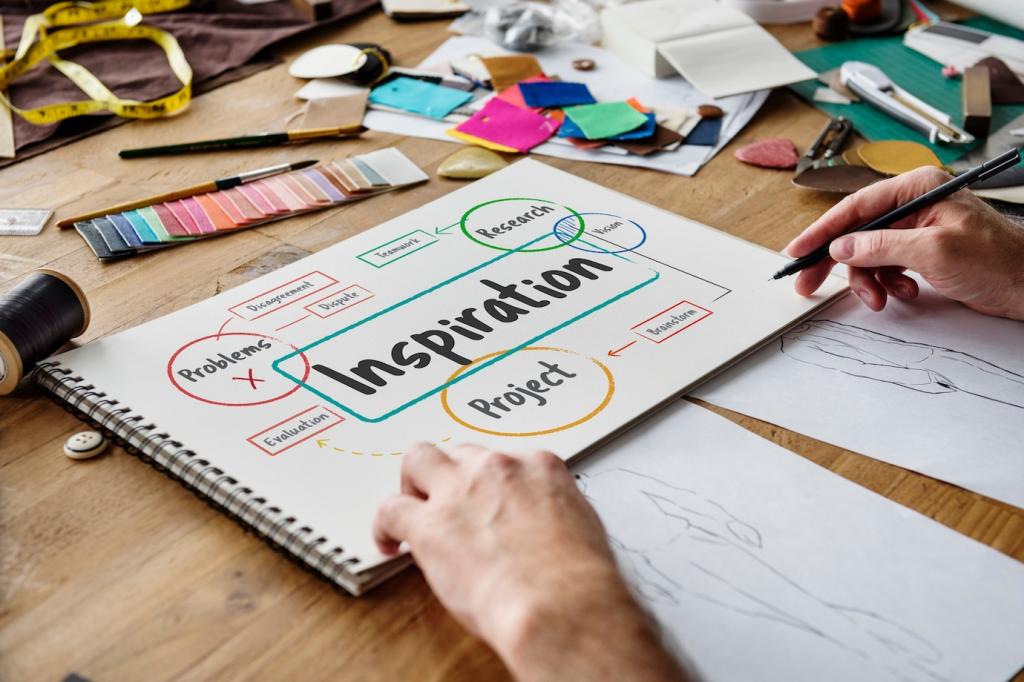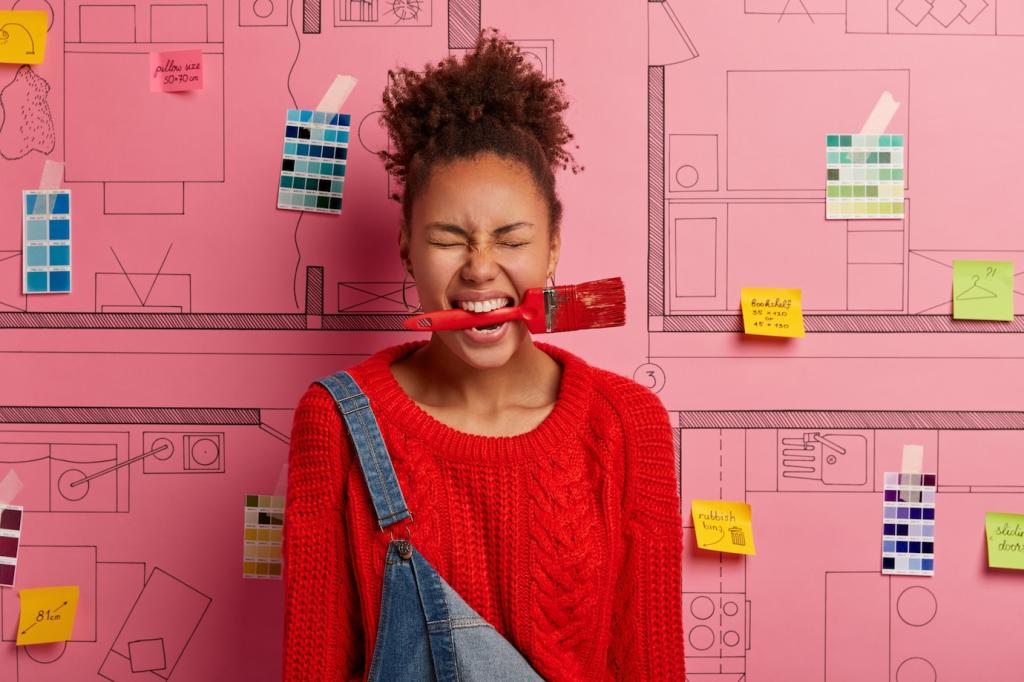Sequencing Images Like a Film
Sketch a path through the project: threshold, vista, transition, and focal reveal. Even simple arrows on a plan can map the viewer’s journey. Clients remember sequences better than isolated images, making decisions faster and with greater conviction.
Sequencing Images Like a Film
Place existing conditions beside proposed transformations to create instant contrast. Caption the problem in plain language, then show how materials and layout resolve it. This format is powerful for skeptics, turning abstract improvements into tangible, relatable progress.


